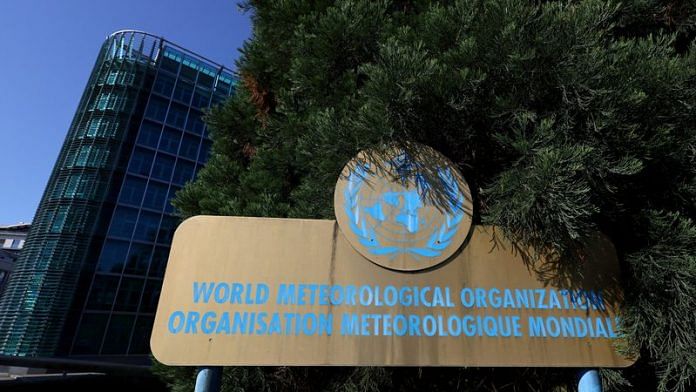Geneva: The El Nino weather pattern is likely to develop later this year and could contribute to rising global temperatures, the World Meteorological Organization said on Wednesday.
The WMO said that after three years of the La Nina weather pattern in the Pacific Ocean, which often lowers global temperatures slightly, there was a 60% chance that will change to El Nino, its warmer counterpart, in May-July this year.
That probability will increase to 70-80% between July and September, according to the WMO.
Speaking to reporters in Geneva, Wilfran Moufouma Okia, head of the WMO regional climate prediction services division, said there was no current estimate of how much El Nino would push temperatures up.
“El Nino will fuel the temperature globally,” he said. “We feel the effect of El Nino temperatures globally with a slight delay.”
The WMO said it could not predict the strength or duration of El Nino.
The world’s hottest year on record so far was 2016, coinciding with a strong El Nino – although climate change has fuelled extreme temperatures even in years without the phenomenon.
During El Nino, winds blowing west along the equator slow down, and warm water is pushed east, creating warmer surface ocean temperatures.
(Reporting by Gabrielle Tétrault-Farber; Editing by Emelia Sithole-Matarise)
Disclaimer: This report is auto generated from the Reuters news service. ThePrint holds no responsibilty for its content.
Also read: Cooling of land due to ongoing wet spell won’t affect monsoon arrival: Scientists






